The object can be identified precisely since on one side is the date 1591 and on the other we find the coat of arms of the Duke and Elector of Saxony Christian I, who reigned between 1586 and 1591.
BLADE: it is imposing, and forged in one piece with the handle. A single cutting edge that goes up towards the back of the blade until it meets the hollow part that comes to meet it by detaching from the back. This type of silhouette is quite frequently found on Germanic blades. The back of the blade is worked with a guilloche pattern with a file, underlined by an engraving.
On one side, we find the inscription 1591, surrounded by garlands of plants.
On the other side, we have the coat of arms of the Electorate of Saxony, party with the 2 crossed swords corresponding to the dignity of Archmarshal of the Holy Roman Empire which was associated with the Elector of Saxony. On each side of this coat of arms, we can read, surrounded by garlands of plants, the initials "C D A H Z S C" For Christian Dux Albertinus Herr Zog Sachsen Custos (or Custodiat) Christian, Duke of the Albertine branch, Lord Duke and Guardian of Saxony, or Duke Guards Saxony
he Albertine branch is the cadet branch of the house of Wettin, which takes its name from Duke Albert III "the intrepid" (1464-1500). This branch became increasingly important over time, to the detriment o
Elector Christian I was known for his taste for hunting, and he died during a hunt (from an intestinal desease) in 1591 at only 30 years old. This trencher is therefore contemporary with the last year of his reign.
HANDLE: it consists of an enormous handle which allows one to imagine the size of the hands and the strength of the user. The weapon as a whole weighs 3.5 kg. On each side of the central steel part are riveted plates of deer antler, surrounded by a border of scalloped iron sheet. At the beginning and end of the handle there are parts in black horn worked in the shape of a flower.
This type of hunting knife is extremely rare. The historical aspect that links it to the house of the Electorate of Saxony in the 16th century is obviously a "plus".
ref X4Y-2328














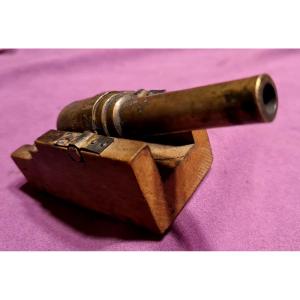
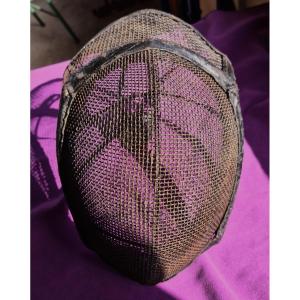
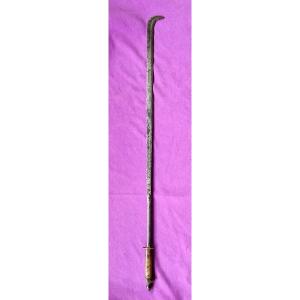

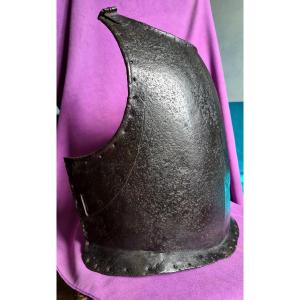

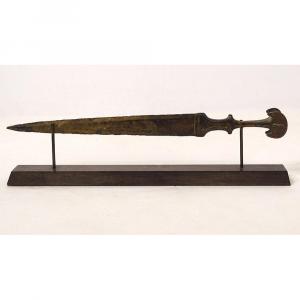
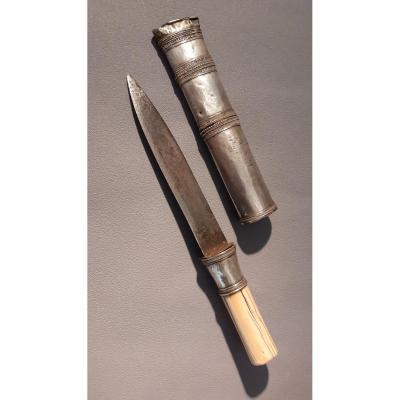

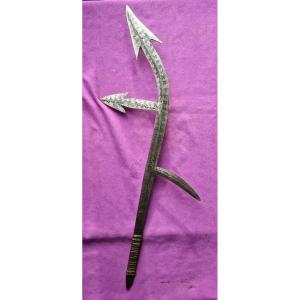
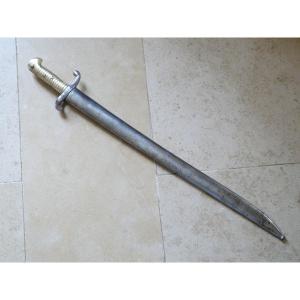




 Le Magazine de PROANTIC
Le Magazine de PROANTIC TRÉSORS Magazine
TRÉSORS Magazine Rivista Artiquariato
Rivista Artiquariato
